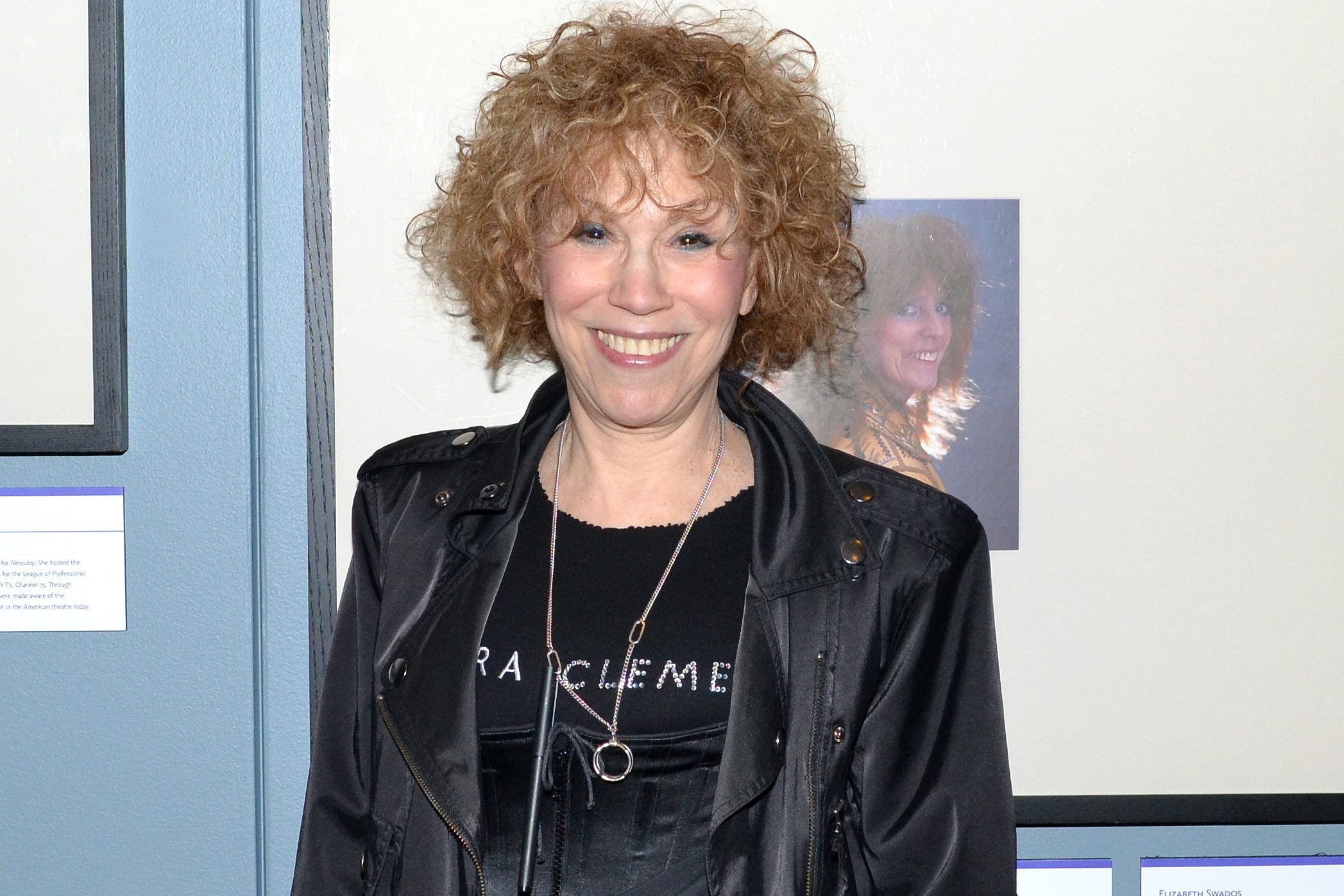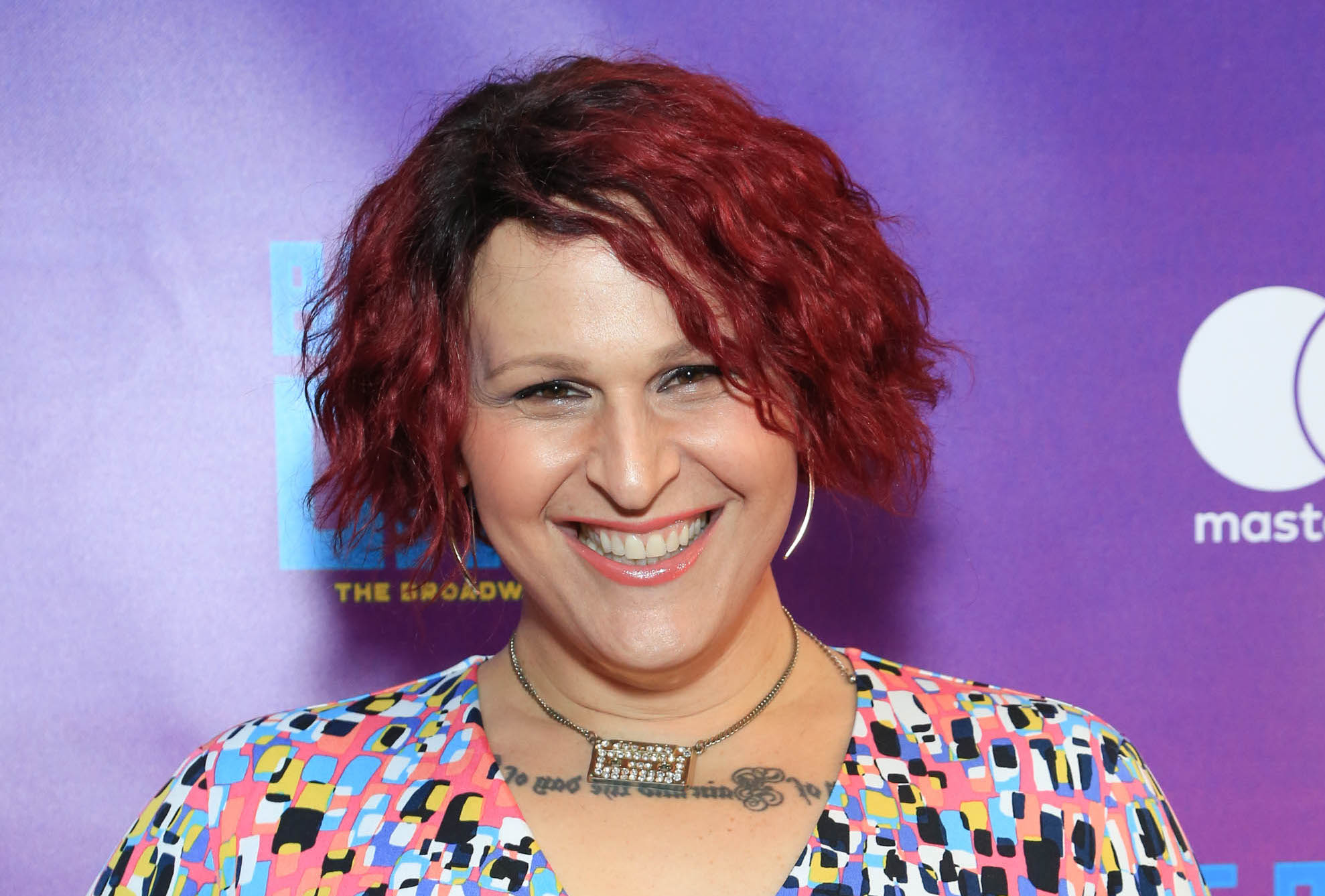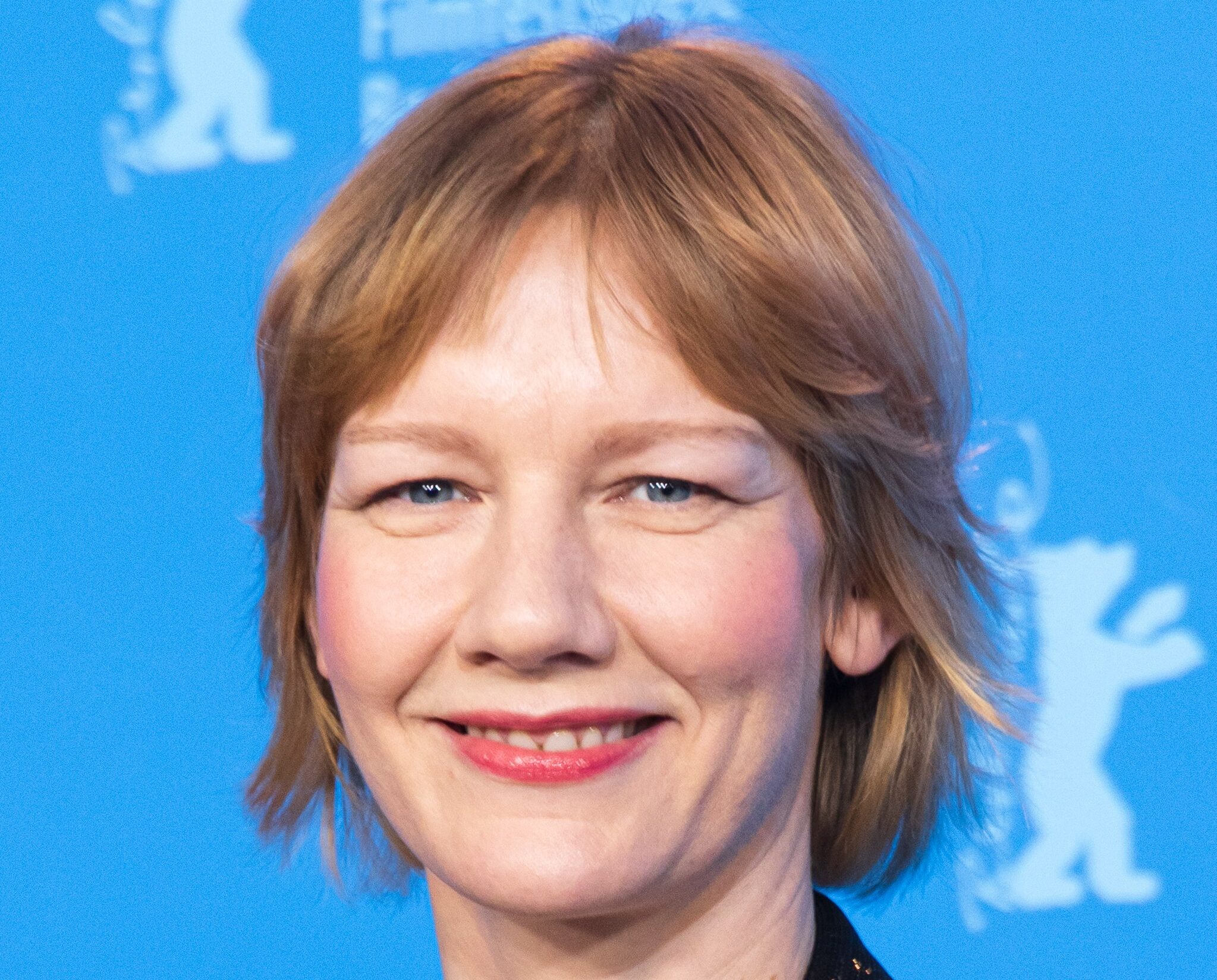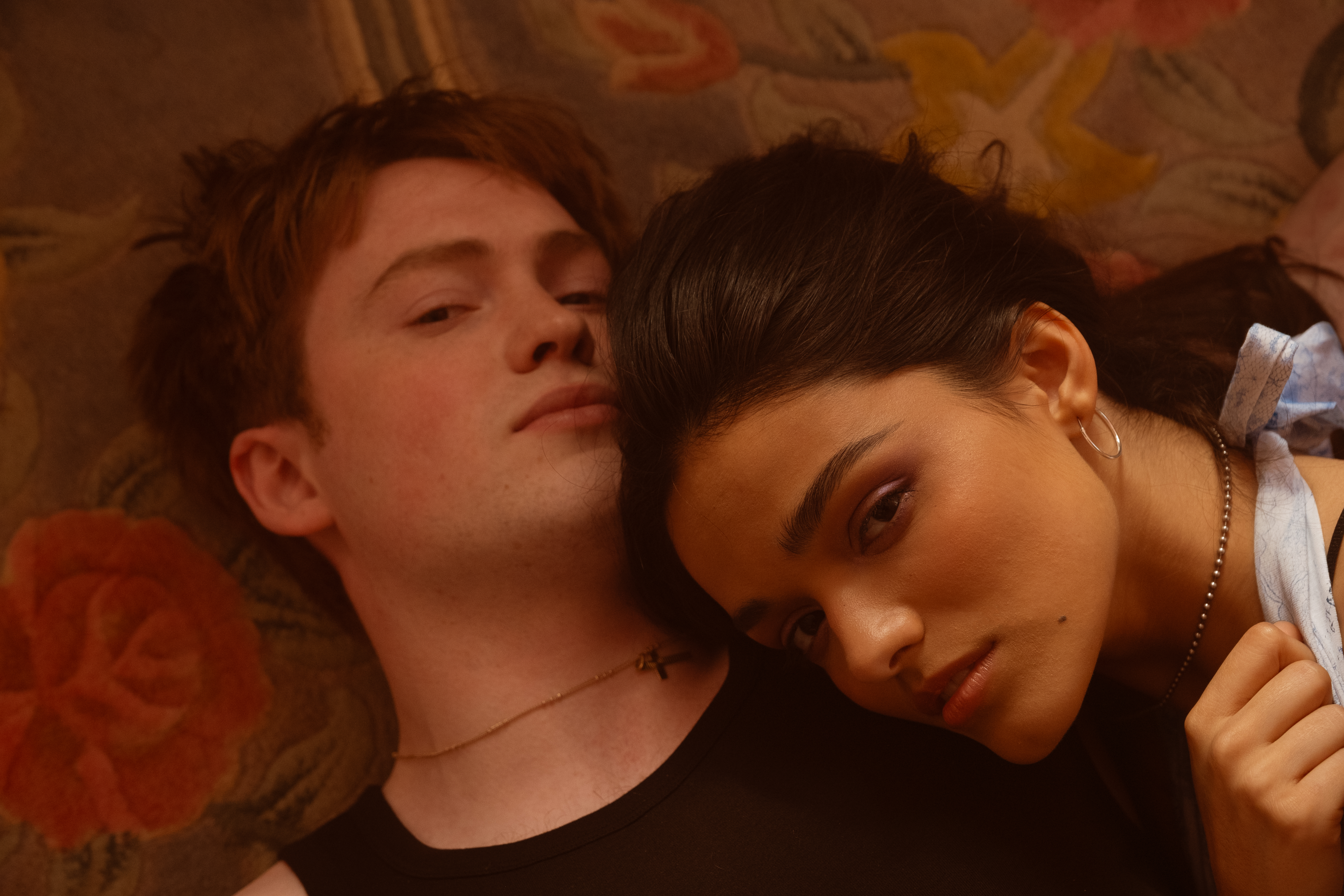A New Beginning With Dead End
[Ed. Note: Scott Edmiston is literary and artistic associate at the Huntington Theatre Company and production dramaturg for Dead End, as well as the president of StageSource, the Alliance of Boston Theatre Artists and Producers.]

The Huntington Theatre Company begins a new era in its distinguished, 18-year history with its current production of the 1935 American classic Dead End, directed by the company’s new artistic director, Nicholas Martin. The acclaimed director of Betty’s Summer Vacation (Obie Award), Martin comes to Boston following his recent Lincoln Center revival of The Time of the Cuckoo with Debra Monk and after three years as resident director at the Williamstown Theatre Festival, where he directed Ibsen’s Hedda Gabler last summer.
With a cast of 45 actors and one of the most enormous sets to be executed on the Boston University Theatre stage, Dead End is the largest production ever to be undertaken by the Huntington. Martin says he chose the play as his introduction to Boston audiences for many reasons: “First, it brings together a range of exciting actors, from seasoned veterans to some of the freshest faces in the profession, and allows us to take advantage of Boston’s strong pool of actors. Second, its themes-affordable, livable housing and juvenile crime-still resonate today in the Boston community. And third, it is the kind of play that can only be produced by a major resident theater; it’s too large for the economics of commercial theater or our smaller not-for-profit colleagues.
“Dead End is a muscular and invigorating theater piece which is in equal measures comic and profoundly meaningful,” Martin continues. “I can think of no better way to begin my tenure at the Huntington.”
The production is only the second major revival of Dead End since its premiere at the height of the Great Depression (it was briefly seen Off-Off Broadway in 1961 and 1978). When the play first opened at New York’s Belasco Theatre on October 28, 1935, it caused an immediate sensation; never before had the Broadway stage offered such an uncompromising examination of the inequities of urban American life. Brooks Atkinson proclaimed in The New York Times: “As thought, it is a contribution to public knowledge; as drama, it is vivid and bold.” Robert Benchley in The New Yorker declared: “Dead End is a play you simply have to see.” Critics lauded the play as “a dramatic thriller,” “sophisticated and beautiful,” and “a violent, walloping evening of theatre.” The play went on to experience one of the longest runs in Broadway history at that time (687 performances), and its author, Sidney Kingsley, was hailed as the first playwright to explore the gritty reality of the modern American city and its underlying economic/social issues.
With a photographic eye for detail, Kingsley created in Dead End a panoramic view of daily life on the East Side of Manhattan, a figurative and literal dead-end world which includes 45 characters and several interwoven story lines. At the heart of the drama is the story of a gang of six teenagers who use the streets and wharves of New York City as a refuge from homes filled with poverty and abuse. When the front of a luxury building at the end of the street is temporarily obstructed, the wealthy tenants are forced to use the rear entrance, and this leads to a devastating collision between the haves and the have-nots.
“Casting the ‘kids’ was a problem,” wrote Kingsley, who directed the original production himself. “I wanted real dead end kids. A few professionals came in–Gabe Dell and Billy Halop. We then toured about a dozen boys’ clubs in New York, and in Huntz Hall I found ‘Dippy.’ He was missing two front teeth and had a hopelessly goofy look. The three little kid brothers from up the block we found easily, particularly one very talented little kid who turned out to be [Academy Award-winning director] Sidney Lumet. Leo Gorcey [who played Spit] was a nice kid and quite independent. One day, I found him sitting on the wharf, looking very morose. He told me he was quitting because: ‘Acting is so boring. What I want to be is a plumber.’ ” Kingsley managed to convince Gorcey to stay with the production. When the play opened, the young actors in the cast went overnight from being genuine street kids to Broadway stars.
The original production is often remembered for Norman Bel Geddes’ stunning, spectacular set design, hailed as “a masterpiece in its accuracy of detail and perspective” by The New York Times. In addition to recreating a Manhattan street scene with astonishing accuracy, Bel Geddes created the illusion that the orchestra pit of the Belasco had been transformed into the East River, into which the street urchins would dive for relief from the summer heat. There was no actual water in the pit; as Kingsley explained in a 1984 interview, “The theatre was drafty and the kids would inevitably have come down with pneumonia. They simply leaped into a net in the pit, and the assistant stage manager threw a geyser of water up in the air. He then rubbed them down with oil, and they came out glistening….We also fed them daily with vitamins.” (For the Huntington production, the orchestra pit of the theater is actually filled with water.)
Dead End had its Boston premiere on November 24, 1936 at the Colonial Theatre and featured a cast of 70. Boston Herald critic Elinor Hughes wrote: “Dead End has something important to say, and the dramatist knows how to say it in words that bite and sting, words that you cannot forget….Dead End is exciting, amusing, terrifying but excellent theatre-and one of the best shows that the theatre has offered us in years.”
Kingsley’s drama was subsequently filmed in 1937, directed by William Wyler from a screenplay adaptation by Lillian Hellman. The cast includes Humphrey Bogart, Sylvia Sidney, Joel McCrea, and Claire Trevor, and the movie received four Academy Award nominations, including Best Picture. The original “Dead End Kids” repeated their roles from the stage production and were so enthusiastically received by movie audiences that they went on to star in a popular series of their own films, including Angels with Dirty Faces (1938) with James Cagney and Hell’s Kitchen (1939) with Ronald Reagan. Eventually renamed in friendlier fashion “the Bowery Boys” or “the East Side Kids,” they made nearly 90 features and B-serials between 1937 and 1958.

In 1997, Dead End was reassessed at the Williamstown Theatre Festival after Nicholas Martin and WTF artistic director Michael Ritchie discovered that they shared a mutual admiration for the play. Martin directed the Williamstown revival with a set design by James Noone, who also designed the Huntington production. “If directors were given report cards,” critic Elyse Sommer wrote of the Williamstown staging, “Nicholas Martin would surely rate an A+ for recognizing this long-dormant drama’s relevancy and enduring power to cut through the period-piece surface and reach to that core within the audience where emotion takes over. You’ll understand why Kingsley’s sixty-year-old, street-of-no-returns saga still works as entertaining, well-paced, and emotionally engaging theatre.” And The New York Times reported: “The first splash still creates a sensation, just as it reportedly did some 60 years ago.”












